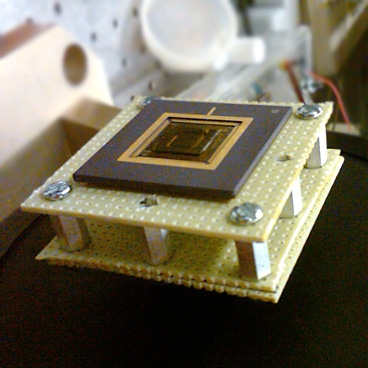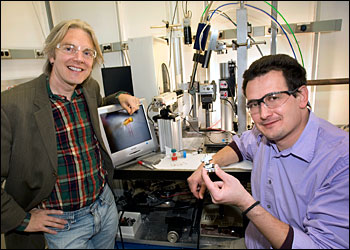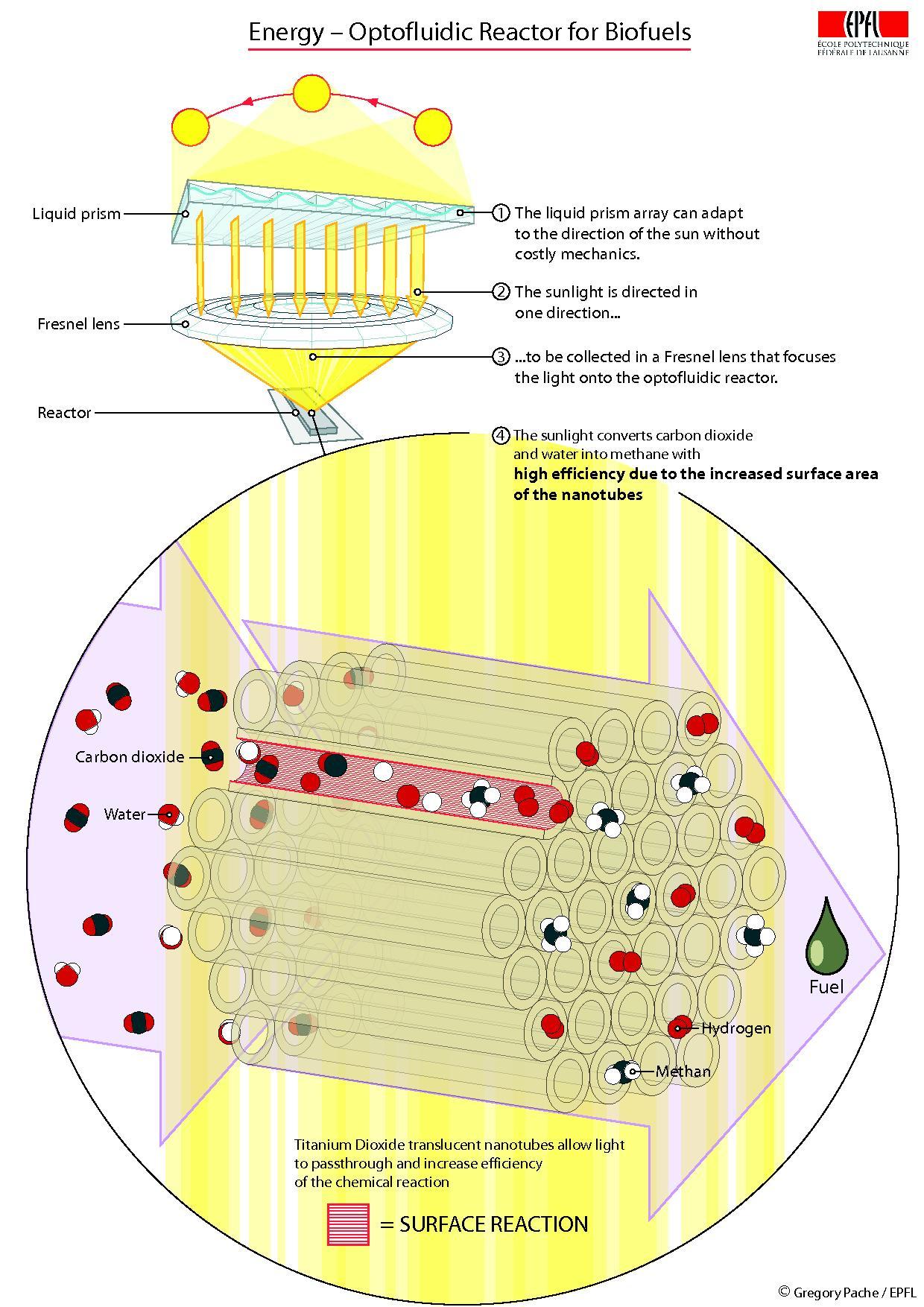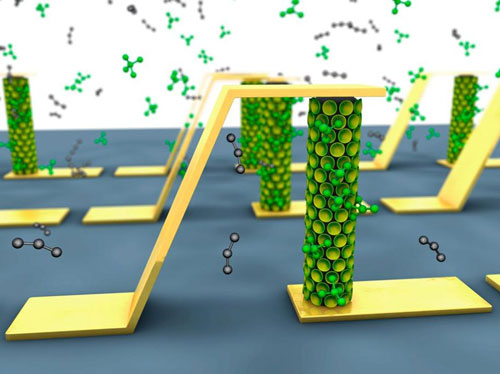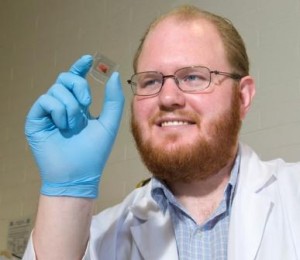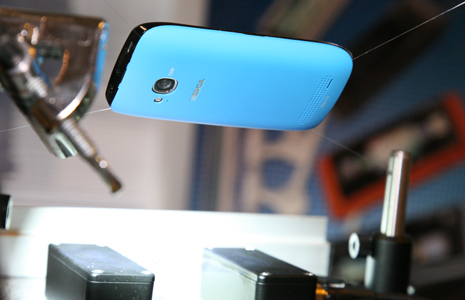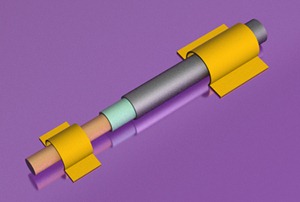A new MEMS device generates energy from low-frequency vibrations
Today’s wireless-sensor networks can do everything from supervising factory machinery to tracking environmental pollution to measuring the movement of buildings and bridges.
Working together, distributed...
How to convert waste heat to electricity at the nanoscale
Scientists have discovered that a class of materials known to convert heat to electricity and vice versa behaves quite unexpectedly at the nanoscale in...
How to bring sunlight into your home
The science of light and liquids has been intimately entwined since Léon Foucault discovered the speed of light in 1862, when he observed that...
Nitrogen Dioxide Gas Sensor Based on Vertically-Grown In As Nanowires
Imec and Holst Centre have developed an innovative sensor for measuring ultra-low concentrations of NO2. These sensors are important for applications that monitor environmental...
Solar cell using carbon nanotubes turns windows into generators
Imagine a world where the windows of high-rise office buildings are powerful energy producers, offering its inhabitants much more than some fresh air, light...
CMOS Integrated Silicon Nanophotonics Developed by IBM
IBM has announced another breakthrough in its long term research goal to harness the low power consumption and incredible speed promised by optical computing.
Following...
Stay super-dry with Nokia’s nanotechnology
What happens when a drop of water falls on a lotus leaf? It’s not a philosophical question, but a natural phenomenon scientists have been...
Solar cells can be made thinner, lighter and cheaper
Solar cells are a key technology in the drive toward cleaner energy production. Unfortunately, solar technology is not yet economically competitive and the cost...
Next Generation of Computers and Sensors with Nanolasers
The nano-copper wires in your computer can’t process data faster than light particles can.
If light can somehow be integrated into circuits, then the processing...
Nanocable could be big boon for energy storage
Thanks to a little serendipity, researchers at Rice University have created a tiny coaxial cable that is about a thousand times smaller than a...

